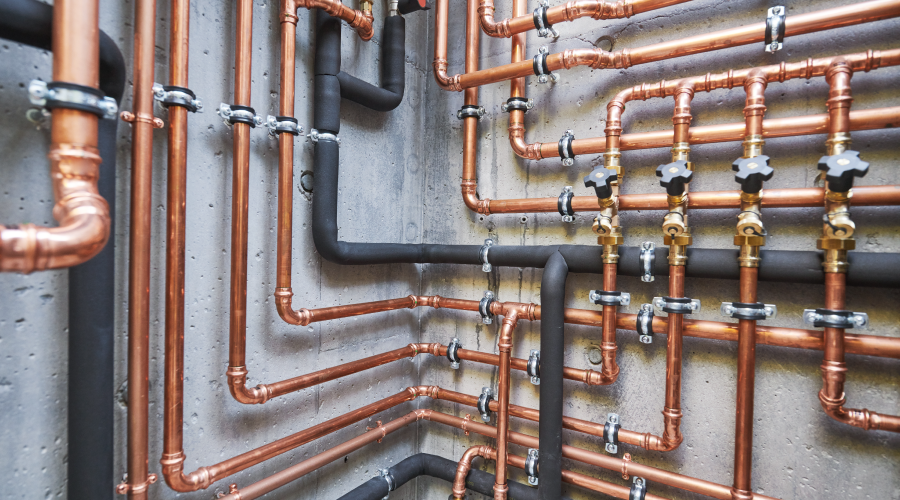Avoid Problems and Costs with Drain Cleaning
Maintenance and engineering departments are accustomed to receiving emergency calls from building occupants relating to blocked drains that have caused flooding, disrupted essential operations, created hygiene problems and caused damage to building components and contents. To minimize and even prevent such crises in institutional and commercial facilities, managers will need to develop, implement and carefully manage a preventive maintenance (PM) program for drain cleaning.
By understanding the locations of the most common blockage problems in plumbing systems and exploring drain-cleaning equipment options designed to support a PM program, managers can more effectively coordinate the equipment, staff time and facility activities and successfully minimize disruptions and maximize effectiveness.
Finding Trouble
Traps, turns and constrictions in plumbing systems are most likely places for pipe blockages to start. A building's as-built drawings, available from the owner or architect, show the drain system from the fixture to the municipal sewer system and waste-treatment facility. These drawings provide an overview of the entire drainage system piping runs, both horizontal and vertical.
Front-line technicians also can identify the locations of inspection and cleanout plugs. They can remove the plugs, usually threaded into a Y-fitting, to check the condition of a pipe's inside walls or to insert cleanout tools, inspection equipment, and drain-cleaning tools.
The most frequent blockage problems in institutional and commercial buildings involve toilet and sink traps. These traps serve two purposes: to hold a quantity of water between the drain opening and the sewer and prevent sewer gases from backing up into the environment, and to stop objects from becoming lodged farther into the drain line, where they are very difficult to locate and remove.
Sinks, toilets, and floor drains all have traps. Commercial kitchens have grease traps to keep large quantities of grease out of the drains. If not collected and removed periodically, the grease eventually will solidify in large enough amounts to totally block the flow through the pipe.
Some blockages also occur from penetration by tree roots into underground lines. The roots take advantage of pipe walls that have collapsed due to age or settling or that have been damaged by construction equipment inside or outside the building.
Newer low-flow toilet fixtures also can be a source of blockages, especially if the flush valves were added to the system as part of a water-conservation upgrade and if bowls were not matched to the valve's flow rate. Some older toilet bowls were not designed for lower water flow. If installation of low-flow valves did not include replacement of the old bowl design, a clogging problem might result from an insufficient water flow.
Related Topics:












